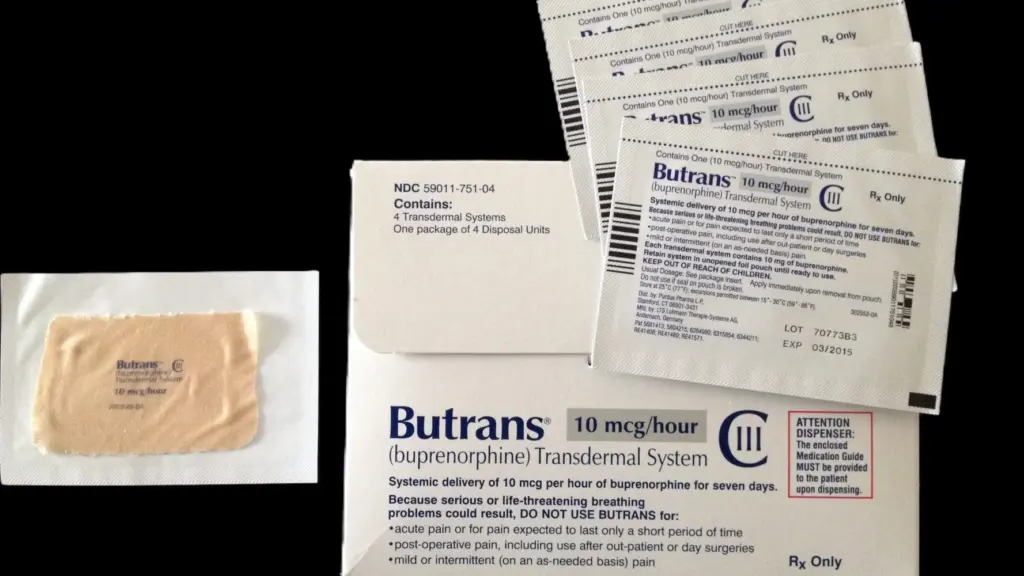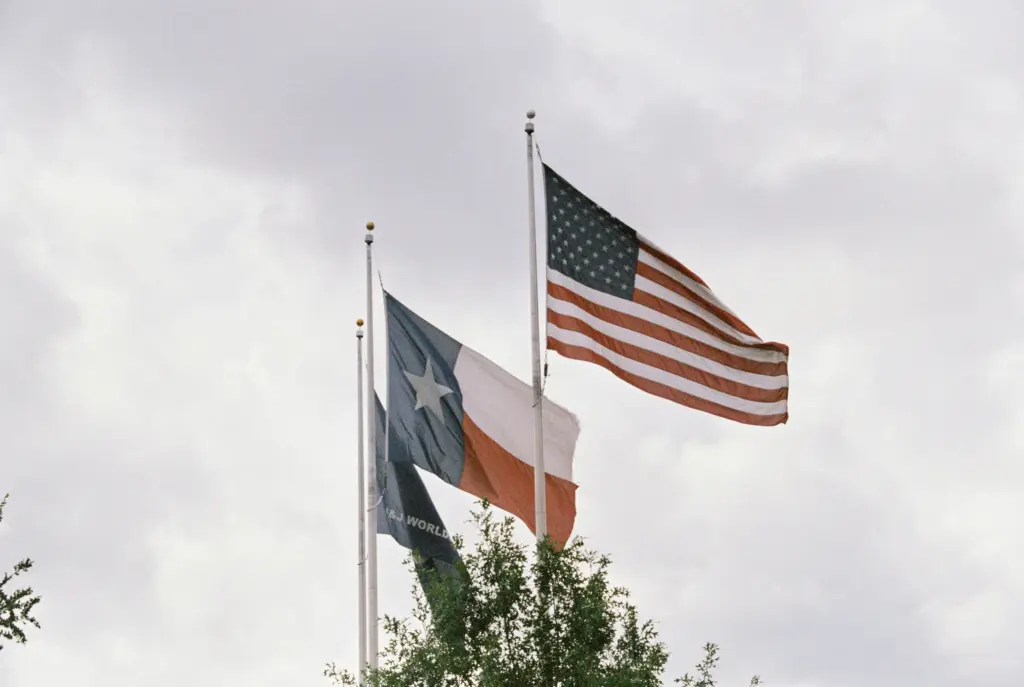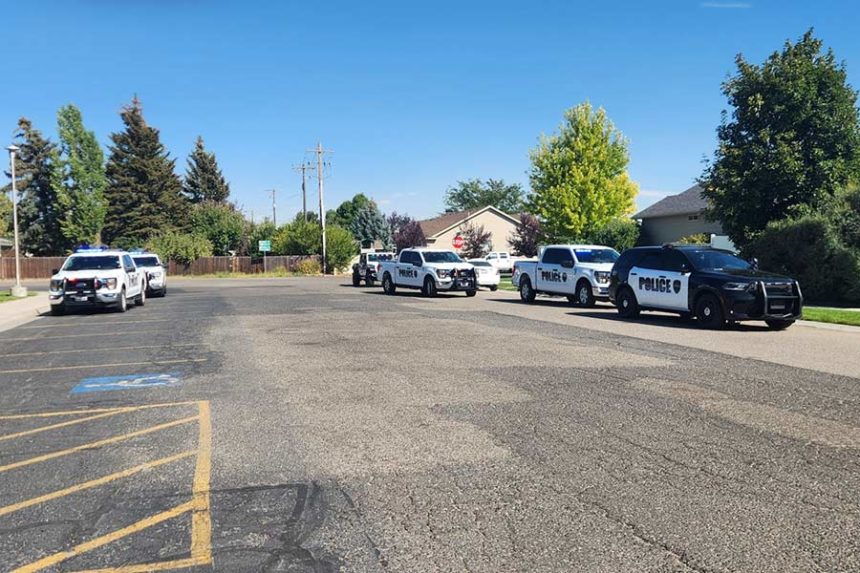Washington, D.C. A recent study found that nearly one-third of telemedicine patients with opioid use disorder had to forgo buprenorphine due to difficulties completing their prescription at a pharmacy.
This month, 600 telemedicine patients from five states—Florida, Michigan, New Jersey, Ohio, and Texas—were polled for the study, which was published in the medical journal JAMA Network Open. Buprenorphine has been authorized by the U.S. Food and Drug Administration to treat opioid use disorder. The medication lessens a patient’s desire for opioids and lowers the risk of an overdose death.
The pharmacy’s inability to provide buprenorphine was the most frequent cause of patient difficulties, followed by coverage-related problems and the pharmacy’s reluctance to fill a prescription for telemedicine.
Previous studies have demonstrated that some pharmacists are reluctant to prescribe the banned substance buprenorphine out of concern for scrutiny. The authors point out that the U.S. Department of Health and Human Services and the U.S. Drug Enforcement Administration have said that individuals with opioid use disorder who require buprenorphine [should] be able to obtain medication without excessive delay.
Medicaid covered around half of the patients who took part in the poll. Half of the patients were from rural areas, and most had been receiving treatment for at least six months.
There were no statistically significant differences between patients in rural and non-rural locations, according to the data. However, the study only polled people in just five states, so findings may differ in other places, the authors pointed out.
They pointed out that because there are fewer pharmacies in rural regions, patients may find it more difficult to locate buprenorphine and other medications for opioid use disorders.
The study emphasizes new evidence pointing to limited access to treatment for opioid use disorder. According to a federal Centers for Disease Control and Prevention research published last year, only 25% of individuals with opioid use disorder were prescribed medicine in 2022. Approximately 4% of adult Americans suffer from an opioid use disorder.
According to other studies, buprenorphine is not available at many pharmacies. According to two studies, availability of buprenorphine varied greatly by state, with between 42% and 51% of U.S. pharmacies without the medication.
Workit Health, a telemedicine addiction treatment app that serves four of the states surveyed, served as the study’s lead for the JAMA Network Open. Additionally, researchers from Pennsylvania’s Geisinger Commonwealth School of Medicine, Johns Hopkins University, and the University of Pittsburgh made contributions. Some of the writers disclosed that they had stock in Workit Health in their conflict of interest filings.
You can contact Stateline writer Nada Hassanein at [email protected].
As a 501c(3) public charity, Stateline is a part of States Newsroom, a nonprofit news network backed by grants and a coalition of donors. Editorial independence is upheld by Stateline. For inquiries, send an email to [email protected] to reach Editor Scott S. Greenberger.











